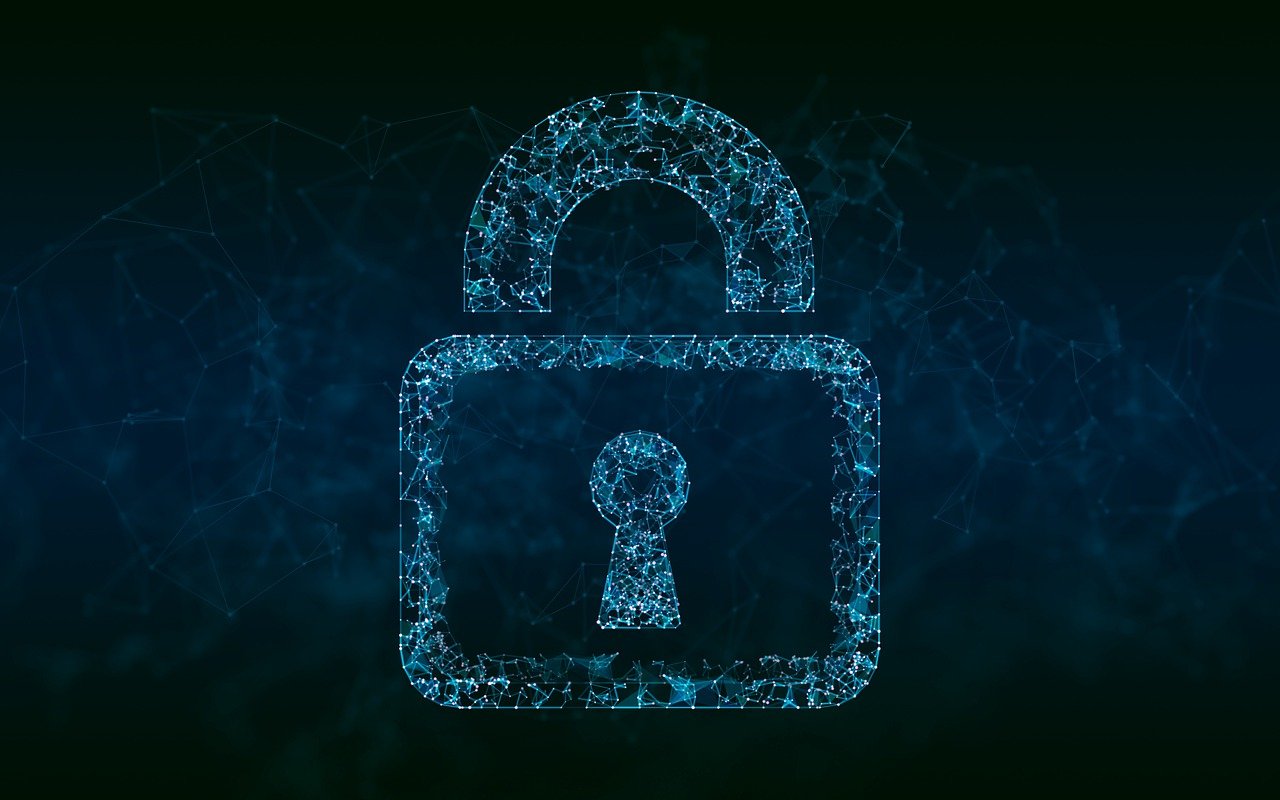· 6 min read
Business Contingency Plan vs Business Continuity Plan vs Disaster Recovery Plan
Learn the difference between business contingency, business continuity, and disaster recovery plans.

Organizations must be prepared to face a range of uncertainties that could potentially disrupt their operations. To mitigate risks and ensure smooth functioning, businesses commonly implement strategic plans for business contingency, business continuity, and disaster recovery. While these plans share some objectives, they serve distinct purposes. This article explores the nuances between Business Contingency and Business Continuity Plans, offering a comprehensive understanding of their significance and interplay, while also touching upon Disaster Recovery Plans.
Business Continuity Planning
Business Continuity Planning (BCP) is a proactive process aimed at ensuring that a company can continue vital operations during and after a disruptive event. BCP is focused on maintaining business functions and minimizing disruption. Its primary goal is to provide a framework that allows an organization to operate at a minimal level during a crisis and gradually return to full functionality.
A well-crafted Business Continuity Plan involves conducting a Business Impact Analysis (BIA) risk assessment, and establishing key business processes that must not be interrupted. It includes strategies for backup resources, crisis communication, and alternative operational procedures to ensure continuity. BCP is comprehensive and often involves regular training and drills to ensure all stakeholders are prepared.
Examples of Business Continuity Management Frameworks:
ISO 22301: Business Continuity Management Systems (BCMS)
- Overview: ISO 22301 is an international standard designed to help businesses understand and prioritize potential threats to their operations. It provides a framework for building and operating a robust Business Continuity Management System (BCMS).
- References: It extensively covers business continuity policies, objectives, risk assessments, and management structures needed for effective response mechanisms.
ISO 27001: Information Security Management Systems (ISMS)
- Overview: This standard provides requirements for managing information security risks.
- References: It includes clauses related to business continuity management in the context of information security, ensuring business operations can continue during disruptions.
COBIT (Control Objectives for Information and Related Technologies)
- Overview: COBIT is a framework for developing, implementing, monitoring, and improving IT governance and management practices.
- References: It includes guidelines for Disaster Recovery and Business Continuity, including assessments and management of IT-related incidents.
FFIEC (Federal Financial Institutions Examination Council) IT Examination Handbook
- Overview: This handbook provides a framework for evaluating IT operations and associated planning.
- References: It contains specific guidance on business continuity planning, contingency planning, and disaster recovery for financial institutions.
PCI DSS (Payment Card Industry Data Security Standard)
- Overview: This standard is designed to ensure all entities that accept, process, store, or transmit credit card information maintain a secure environment.
- References: It includes requirements for establishing, maintaining, and testing business continuity and disaster recovery processes to protect payment data.
Business Contingency Planning
Business Contingency Planning, on the other hand, is often more narrowly focused than Business Continuity Planning. It involves having a predefined course of action or strategy for specific potential future events or circumstances. While BCP is about keeping the business running during any disruption, Contingency Planning tends to address specific scenarios and solutions, often tied to particular risks identified in the risk assessment process.
Contingency plans are like “Plan B” strategies. They are action plans devised for potential adverse situations, where critical business operations may face interruptions due to identified threats. They involve predefined steps to take in response to those specific risks, which could be anything from supplier failure to data breaches. Essentially, a Business Contingency Plan is a subset of the broader Business Continuity Plan.
Examples of Business Contingency Management Frameworks:
NIST SP 800-34: Contingency Planning Guide for Federal Information Systems
- Overview: Published by the National Institute of Standards and Technology (NIST) and building on the Federal Information Security Modernization Act (FISMA), this document provides guidelines on developing, implementing, and maintaining effective contingency plans for IT systems.
- References: It highlights contingency planning, disaster recovery planning, and information system recovery strategies.
HIPAA (Health Insurance Portability and Accountability Act)
- Overview: While HIPAA primarily focuses on healthcare data privacy and security, it also mandates protections for maintaining data integrity and availability.
- References: HIPAA requires covered entities to have a contingency plan that includes data backup, disaster recovery, and emergency mode operations plan.
FISMA (Federal Information Security Management Act)
- Overview: A U.S. law enacted to protect government information, operations, and assets against natural or man-made threats.
- References: It requires federal agencies to develop, document, and implement programs to provide information security, which includes contingencies and risk management plans.
Business Continuity Plan vs. Contingency Plan
While both play roles in risk management, a Business Continuity Plan covers a broader spectrum by providing an overarching framework for maintaining essential functions across the board. It focuses on minimizing downtime and service disruption during a crisis.
In contrast, a Contingency Plan is more scenario-specific, offering granular responses tailored to particular risks or emergencies. Their scope and application differ: BCP addresses the continuity of all critical operations, while a Contingency Plan zeroes in on specific incidents, detailing alternative actions for scenarios that might prevent standard operations.
Business Continuity and Contingency Planning
Integrating both Business Continuity and Contingency Planning is crucial for comprehensive risk management. By doing so, a business ensures a robust defense mechanism against both unexpected disruptions and specific anticipated risks. Together, these plans provide a dual-layered safety net—ensuring that not only are there plans in place for overall business operations continuity, but also specific strategies for anticipated risks.
Disaster Recovery Plan
A Disaster Recovery Plan (DRP) is closely related but distinct from the other two plans. While Business Continuity focuses on keeping the business operational overall, Disaster Recovery is more IT-centric, concentrating on restoring IT systems and data access after a catastrophic event like a natural disaster or cyberattack.
The Disaster Recovery Plan forms a critical part of Business Continuity. However, it zeroes in on the recovery of technology and data, ensuring that all IT functions can be restored efficiently to support business activities.
Contingency Plan vs. Disaster Recovery Plan
When comparing Contingency Plans and Disaster Recovery Plans, the contrast lies mainly in their scope and focus. A Contingency Plan is more about having alternative courses of action for specific business risks, which may or may not involve recovering IT systems. On the other hand, a Disaster Recovery Plan is entirely focused on the technological infrastructure, emphasizing how to recuperate IT capabilities after disruptions.
Conclusion
While Business Continuity Plans, Business Contingency, and Disaster Recovery Plans are interconnected, they serve unique purposes in risk management. A comprehensive approach ensures organizational resilience, preparing it to withstand and thrive amidst disruptions. By understanding and implementing each plan effectively, businesses can safeguard their operations, preserve customer trust, and fortify their positions in the market.

